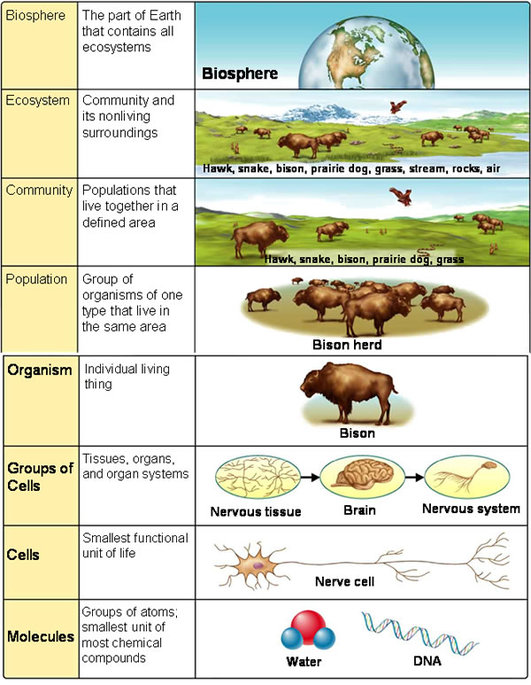• How did scientists’ understanding of cells develop?
• What basic substances make up a cell?
• What basic substances make up a cell?
Links
Cells-Lesson 1 Cells Alive Interactive Games cell theory rap Cell Theory Animation
The wacky history of cell theory Cell Theory Timeline BrainPop Cells Short Video Hooke
Games for Extra Credit
Sing the Cell Rap Song at home!
Plant and Animals cells both have these organelles (tiny organs)....
Organelles both Plant and Animals have...
Nucleus - Brain of the cell, DNA lives here.
Endoplasmic Reticulum - rough ER has ribosomes, which produce proteins.
Golgi Body - packages materials and distributes them to other parts of the cell.
(Trucking System)Cell Membrane - allows nutrients into the cell and waste out of the cell.
 Functions of the Cell Membrane
Functions of the Cell Membrane
Both eukaryotic cells and prokaryotic cells, e.g. bacteria, are enclosed by a cell membrane.A cell membrane (see the simple diagram on the right) is a thin structure that is also known as the plasma membrane.
The main functions of the cell membrane are:
- enclose the contents of the cell
- to control the movement of molecules, into and out of the cell.



